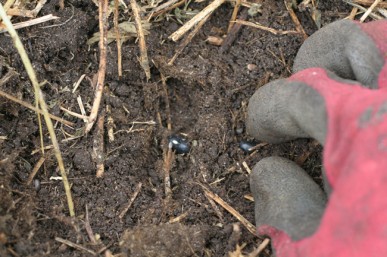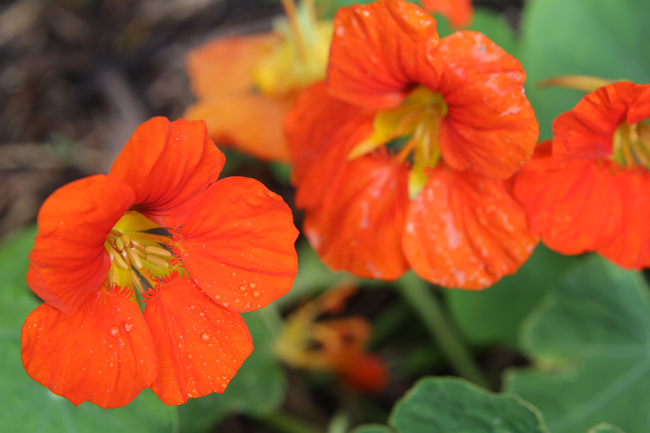Dill, Anethum graveolens, is a delightful tall annual herb that grows to about 1 m from a taproot, with a single stem and many feathery blue-green leaves and branches. These are topped by groups of umbrella-shaped flower heads made up of small yellow flowers. The flowers are followed by flat, oval, brown seeds, which self-sow readily if left on the plant. Dill is probably one of the oldest medicinal herbs. It was used by the Egyptians before 3000 BC. The name dill is found in several old European languages, reflecting its widespread use, but its derivation is unclear. In medieval times, dill developed a reputation for protecting anyone who carried it against witches. It was a common ingredient in potions and spells and English country brides would wear a sprig of dill on their wedding day, while in Germany, a bride would put dill and salt in her shoes to bring her good luck. By the beginning of the seventeenth century dill was grown in many countries all over the world because it was known as ‘a gallant expeller of wind’. Read more
Beans are a very rewarding crop and relatively easy to grow. I love them because they don’t take up much space but within a few weeks you can harvest an abundance of crisp, flavoursome beans. Soak seeds overnight to increase the speed of germination. Just put the seeds you want to plant into a bowl and cover with water. The next morning, water the soil where you are going to put the beans and plant seeds two at a time pushing them about 4cm into the soil. I always plant two because often one will not grow. Cover with soil but don’t water as the soil and the seeds are already wet. If you don’t soak the seeds then you will need to water. Leave about 20cm between plants if they are dwarf forms, or 15cm if they are climbers.
One of the most cheerful plants in my garden at present are the nasturtiums (Tropaeolum majus). The bright yellow, orange and red flowers are jewel-like highlights, scattered around the garden, in odd spots, tumbling over other plants. Nasturtiums grow easily from seed sown where they are to grow and once established they will grow, flower and set seed for months. Intense heat, or later cold and frost kill them off but in my garden they reappear every spring, colonizing waste spaces and protecting soil until I am ready to pull them out and plant something else. The only work involved in looking after them is to keep them under control. Any plants that you don’t want are simply pulled out and added to the compost where they rapidly break down. Read more



